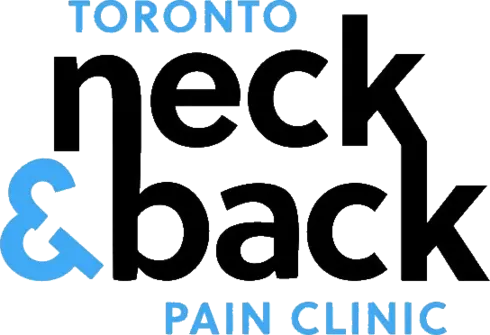Back pain is often treated by Doctors of Chiropractic. In Toronto alone, there are over 800 chiropractors. Many of them are using the well-known hands-on technique of cracking the back (or an adjustment, as it’s called) to treat back pain.
But, is cracking good for the back?
Here’s my egg analogy…hang in there with me on this one. The other day, I was making an egg sandwich. To use the egg, it had to be cracked. And yes, it was a good sandwich!
In the past, maybe you’ve bought a dozen eggs and you’ve discovered, hopefully at the store before you get home, that one of the eggs is cracked.
In the first case, the cracking of the egg is good and even necessary. If there’s no cracking, the egg can’t be used for cooking or eating.
In the second case, the cracking of the egg is not good and can even be problematic if it’s had a crack long enough, maybe the egg has spoiled.

Back pain treatment can include a crack, but it’s a good crack, not a bad one.

With that analogy in mind, here’s my list of good and not-so-good back cracking. Let’s start with the not-so-good options:
• If the back “cracks” when lifting or bending, even though there’s no pain, it may be a sign of dysfunction in the joints and should be checked. If there is pain with the crack, then that should be checked for sure.
• If you crack your own back, even though it may feel good in the instant, the crack may be coming from joints that are already moving well. That means other joints that may not be moving well are not being addressed. Worse yet, this could increase the discrepancy between the joints that are working well and those joints that are dysfunctional further feeding into a bad back problem.
• If someone else cracks your back (like one of those great big bear hugs), it too may feel good. However, without the specificity of knowing what joint or bone needs to go in what direction and why, it will probably be temporary and feed into the problems mentioned in the last point.
The noise is not problematic in these scenarios. The “crack” that is heard is a result of taking the movement that the joint normally gives and making it go just a bit further. Then it goes into something called the “paraphysiological” space. This is the distance that the joint doesn’t normally move on its own, but can still safely move into without being damaged. The next space or distance beyond this would be traumatic in nature, such as when a joint is sprained.
That being said, here is the list of that that would possibly qualify as “good” or “ok” cracking:
• The research shows that cracking the knuckles does not lead to arthritis or bulbous joints. That being said, other than becoming a habit, there is also little known benefit other than the fact that it temporarily feels good or brings some kind of emotional reward.
• A crack that happens over and over when moving a particular joint may in fact be a tendon moving over another body part or tissue, not a joint crack. A joint crack may require 20 minutes or more for the partial pressures in the joint to normalize before they can be cracked again. Although this tendon snapping is not problematic on a small scale, if it occurs frequently enough, it could get inflamed. In this regard, it may also indicate joint dysfunction that should be checked.
• When a chiropractor decides to crack a joint, it’s based on an assessment of how well that joint/bone is sitting and moving. The crack is not what the treatment is after; rather the crack is a side effect of moving the right bone/joint in the right direction to the right degree at the right time. When done properly, this adjustment (as it’s known) not only helps the joint move and maybe move more/better, it creates a reflex reaction that has local and sometimes more regional effects on improving body function.
When done well, cracking the back can be very good. It’s good to know, however, that not all cracks are the same. If someone has to question whether or not they should crack their back, then it’s probably a sign they should seek qualified healthcare professional guidance. The same can be said for any other noises or feelings about how their body is working.
